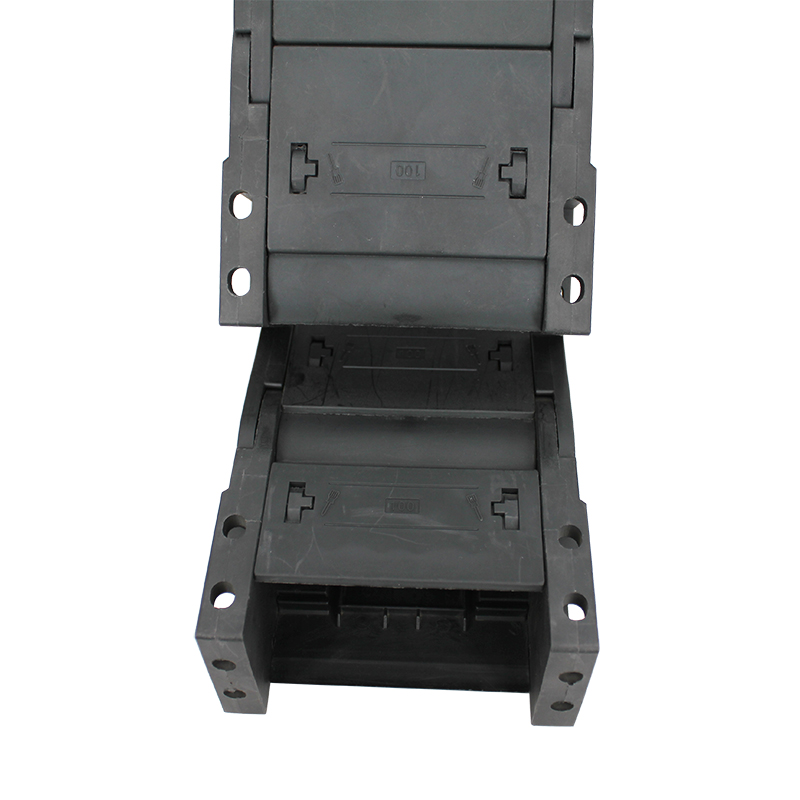Understanding the Functionality and Applications of Synchronous Belts in Mechanical Systems
Understanding Synchronous Belts A Comprehensive Overview
Synchronous belts, also known as timing belts, are crucial components in various mechanical systems, primarily in automotive and industrial applications. They serve the vital function of transferring power between rotating shafts while maintaining precise timing between different elements of machinery. Unlike traditional v-belts, which can slip and lose synchronization, synchronous belts are designed to run in a perfectly aligned manner, enabling accurate timing and efficiency, which is essential for the optimal performance of machinery.
Composition and Design
Synchronous belts are typically made from a blend of materials, including rubber, fiberglass, and steel. The rubber provides flexibility and durability, while the fiberglass or steel reinforcements contribute to strength and resistance to wear. The inner surface of the belt features toothed profiles that engage with corresponding teeth on pulleys. This tooth engagement is what enables the belt to maintain constant speed ratios without slipping, which is critical in applications like engine timing systems.
Types of Synchronous Belts
There are several types of synchronous belts, categorized based on their design and intended application. The most common types include
1. GT (Gates Tooth) Belts These are widely used in automotive and industrial applications due to their robust design and superior wear resistance. They feature increased tooth engagement for enhanced performance. 2. HTD (High Torque Drive) Belts Designed for high-torque applications, HTD belts have a larger tooth profile that allows them to handle heavy loads without failure.
3. Poly-V Belts These belts have multiple V-shaped grooves that allow for a compact design while providing flexibility and high grip. They are often used in applications where space is limited.
Each type of belt is engineered for specific conditions and loads, ensuring that the correct belt is selected for the application to achieve maximum efficiency and longevity.
Applications
Synchronous belts are found in a myriad of applications across various industries. In the automotive sector, they are integral to engine timing mechanisms, linking the crankshaft and camshaft to ensure that valves open and close at the correct times during engine cycles. This synchronization is vital for the engine's performance and longevity.
synchronous belt

In industrial settings, synchronous belts are commonly utilized in conveyor systems, robotics, and various machinery where precise motion and timing are essential. Their ability to transmit power without slippage makes them ideal for applications requiring high accuracy, such as CNC machines.
Advantages of Synchronous Belts
The benefits of using synchronous belts are numerous
1. Accuracy Synchronous belts provide precise synchronization between moving parts, crucial in applications where timing is fundamental.
2. Efficiency They offer high transmission efficiency, typically between 90% to 98%, which helps in reducing operational costs.
3. Durability With their robust construction, synchronous belts often outlast traditional belts, leading to lower maintenance and replacement costs.
4. Quieter Operation Synchronous belts generally operate more quietly than chain systems, making them ideal for applications where noise reduction is a priority.
Maintenance and Care
To maximize the lifespan of synchronous belts, regular inspection and maintenance are essential. It’s important to check for signs of wear, such as cracking or fraying, and to ensure proper tensioning. Over-tightening can lead to premature wear, while insufficient tension can cause slippage and loss of synchronization.
In conclusion, synchronous belts play a critical role in modern machinery, providing precise motion control and energy efficiency. Their unique design and the advantages they offer make them indispensable in automotive and industrial applications alike. By understanding their types, benefits, and maintenance needs, users can ensure optimal performance and longevity of their equipment. Whether you’re working on an engine or an automation system, selecting the right synchronous belt is key to achieving efficiency and reliability.








